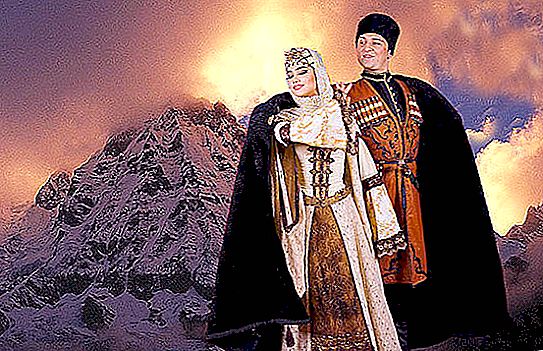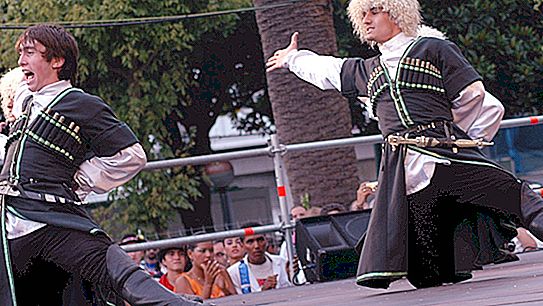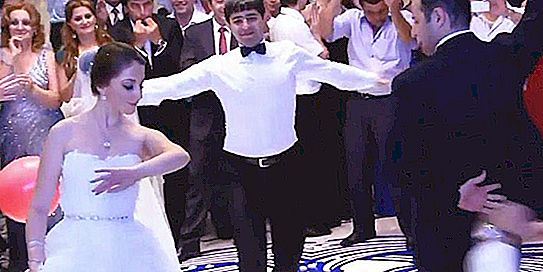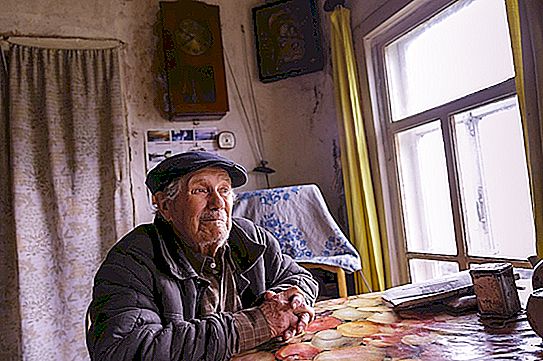Lezginka is a traditional dance of the peoples of the Caucasus and Turkey, which has gained worldwide popularity. Lezginka is diverse, incendiary, rhythmic, both boys and girls perform it. Lezginka is a dance of passion, love and, at the same time, humility and fidelity. Consider the main features of this dance in the article.
Dance Origin History
It is reliably known that Lezginka is first mentioned in the folklore of the North Caucasus as a Dagestan dance, therefore, it is now generally accepted to consider Dagestan to be its birthplace.
The word "Lezghinka" itself reflects the collective name of the peoples living in Dagestan. Nevertheless, many peoples of the mountainous Caucasus continue to argue and defend that each of them is the progenitor of this popular and beautiful dance. Indeed, only in Dagestan alone there are about 40 different peoples, and if we add Georgians, Ingush, Ossetians, Chechens, Armenians, Azerbaijanis and others to this number, then, in general, we can talk about 100 peoples whose Lezgi is a national dance.
The history of its appearance goes back to ancient times, when the inhabitants of the Caucasus believed in the power of nature and brought sacrifices to its various manifestations. In those days, the Caucasian Lezginka was a dance that accompanied pagan rituals. Subsequently, it was performed before military battles, since the dance raised the morale of the soldiers, as well as at weddings, because thanks to the dance, the man and woman expressed their feelings.
It is the last version of Lezginka that is the most common in terms of its symbolic interpretation.
Eagle and swan

Lezginka dance is a kind of imitation of nature, its manifestations and forces. Lezginka is danced in different versions, but the most beautiful of them is the pair dance of a man and a woman.
A man during the dance acts as an eagle. Confirmation of this comparison is that during the dance he stands on his toes, rising above his partner, like a strong bird hovering in the sky, and also spreads his arms to the side like wings. At the same time, the man performs sharp movements with his arms and legs, demonstrating his strength and dexterity, his head is raised, and his gaze reflects determination and firmness.
In a woman, the role is completely opposite. A woman during a lezginka dance is a swan, which, with the help of smooth wave-like movements of the hands and smooth calm movements of the body, demonstrates its grace, plasticity and humility. Her gaze is lowered down; in no case will she dare to look at her partner.
Note that some sources mention that the man during the dance no longer symbolizes the eagle, but the mountain tour, since the tour is a sacred and revered animal of the mountain Caucasus.
Dance movements

Dancing a lezginka is not easy, because it requires some physical preparation from a guy. As for the girls, they must have the necessary plasticity and a beautiful posture so that they have a beautiful Lezginka.
In the classic Dagestan lezginka, the guy performs fast, aggressive and clear movements that are explosive and incendiary. Typical steps are toes. Acrobatic elements such as flips and body rotations are also present in lezginka. The idea of the dancer’s movements is to show his partner his agility, coordination and strength.
Female movements, unlike male ones, are smooth. It is this type of movement that reflects the quality with which the girl performs the Dagestan dance.
Important features of Lezginka are the lack of physical contact between a guy and a girl, as well as a slender posture of both men and women.

Lezginka rhythm
Classical lezginka is an incendiary and fast dance. During its execution, the rhythm of the dancers can decrease and increase, however, most of the dance is performed in a high rhythm. In the Caucasus, they say that this dance is able to bring even the dead back to life, and one cannot disagree with this, because everyone who has at least once heard the music of the dance and has seen its performance has an irresistible desire to dance itself.
Currently, in all the Caucasian republics during folk holidays, birthdays and weddings, you can see the uplifting and mood-playing Lezginka.
What you need to know to dance properly

Before you engage in any kind of dance, you need to understand its idea, the meaning of what it personifies. In the case of the Dagestan Lezgin, this is courage, confidence, the strength of a man and grace, the humility of a woman. Given this fact, the following are the main features of the performance that any novice dancer should know:
- Posture. If it is not slim for both a man and a woman, then no lezginka can be discussed.
- Sight. Since there is no physical contact between the dancers, with the help of a glance they convey to each other their feelings. The male gaze is directed directly at the partner, he is firm and confident, the female gaze is lowered down either on the man’s chest or under his feet.
- Hand and foot movements. There are several different combinations of arms and legs that give the lezginka a distinctive touch of lively and passionate dance.
- Smile. In modern versions, Lezgins are taught to smile during the dance, since a smile is directly related to his very idea.




